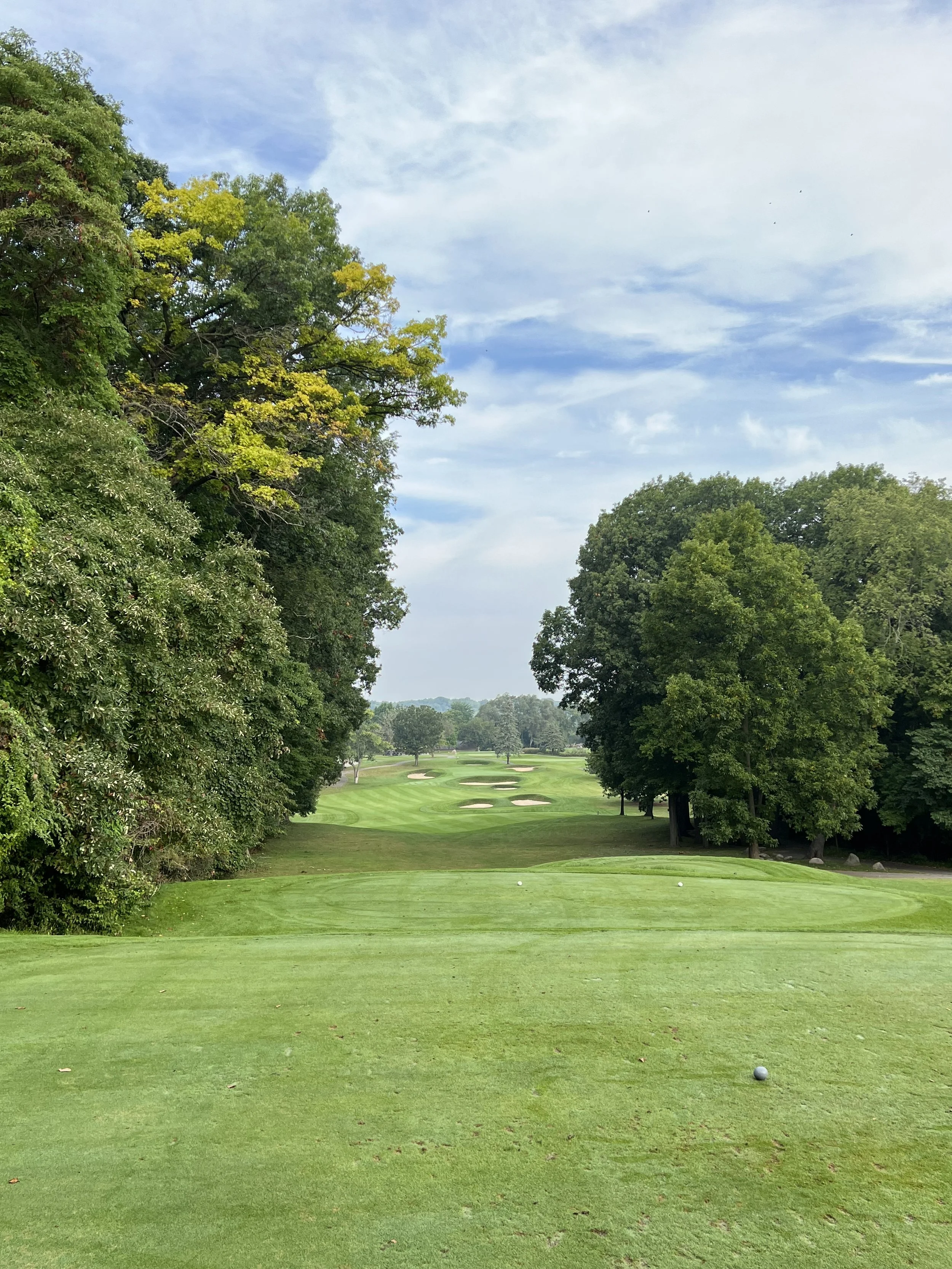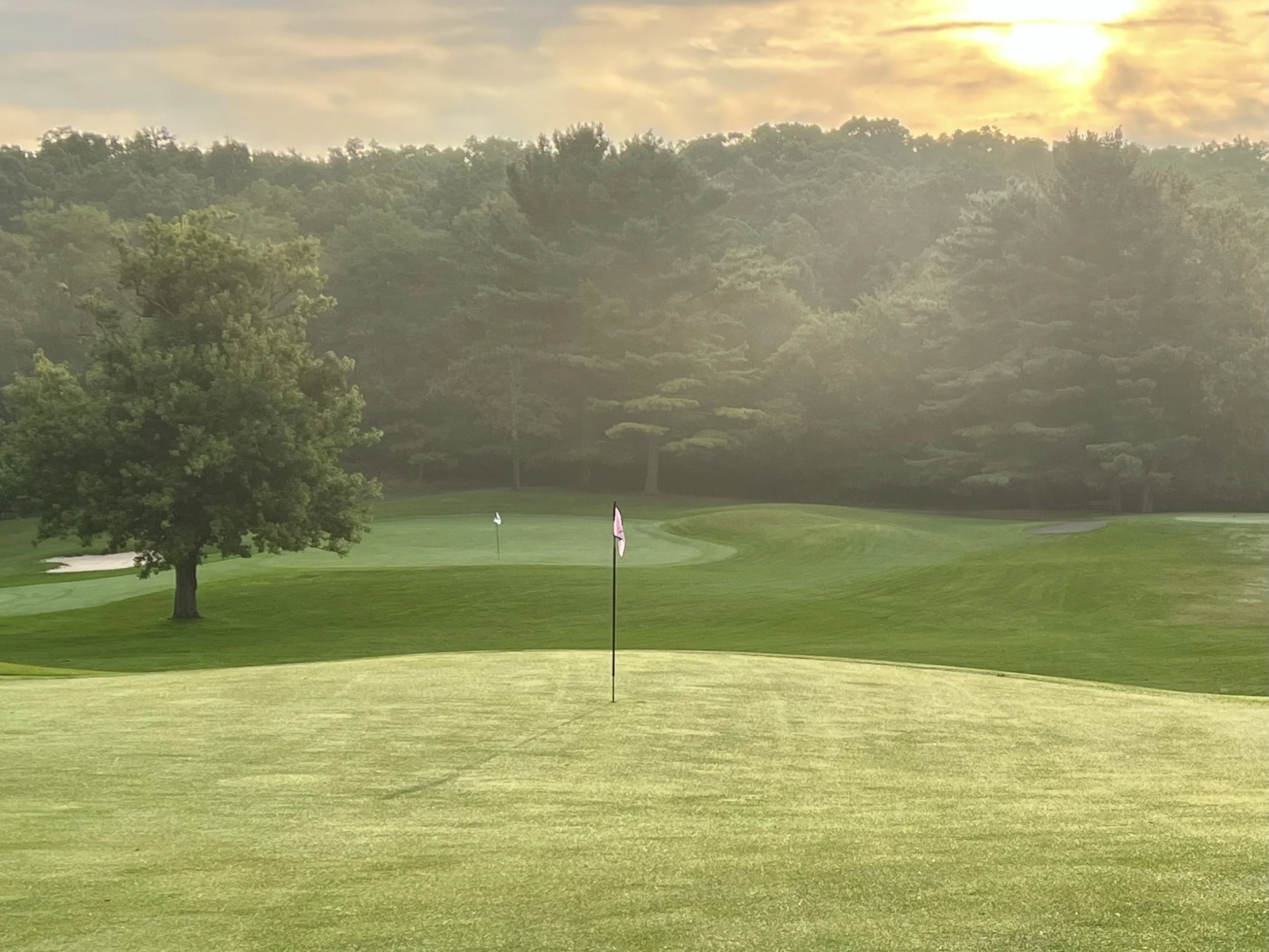Trees
Golf courses benefit significantly from the strategic planting of trees, as these additions enhance both the golf experience and the overall ecosystem. Well-placed trees contribute to the course's aesthetics, playability, and environmental sustainability, offering long-term advantages when considered with foresight.
-
Trees provide visual appeal, creating scenic landscapes that elevate the aesthetics of the golf course. Mature trees strategically placed along fairways and around greens add character, framing views and enhancing the overall ambiance. This aesthetic enhancement contributes to a more enjoyable and memorable golfing experience for players.
-
Thoughtful placement of trees in the golf course design can create strategic challenges for golfers. Trees can act as natural hazards, requiring players to navigate their shots strategically. This enhances the skill element of the game and adds variety to the golfing experience.
-
Trees play a crucial role in supporting ecosystems on golf courses. They provide habitats for various wildlife, contributing to biodiversity. Additionally, mature trees offer shade, reducing heat stress on the course and promoting a more comfortable playing environment.
-
Planting trees with a long-term vision, considering their growth over 50 years, allows golf courses to contribute to carbon sequestration. Mature trees absorb and store significant amounts of carbon dioxide, mitigating the course's environmental impact and promoting sustainability.
-
Trees help control soil erosion, especially on sloped areas, preventing sediment runoff into water bodies. Their roots stabilize the soil, minimizing the risk of erosion. This sustainable practice contributes to water quality management on and around the golf course.
-
Mature trees contribute to climate resilience by providing shade, reducing temperature extremes, and acting as windbreaks. This creates microclimates that benefit both the golfers and the surrounding flora and fauna.
In essence, the intentional planting of trees on golf courses, considering their long-term growth, enhances the golfing experience, provides strategic challenges, and supports a sustainable and resilient ecosystem. A well-planned tree strategy not only adds beauty to the course but also demonstrates a commitment to environmental responsibility and the long-term well-being of the golfing environment.
Read More.




















